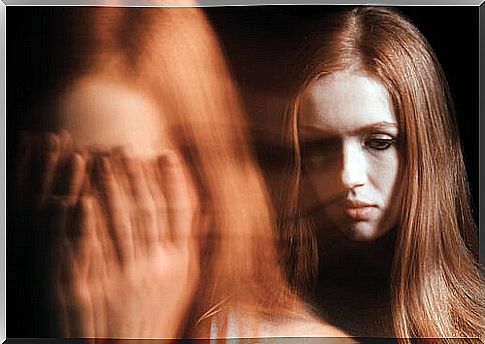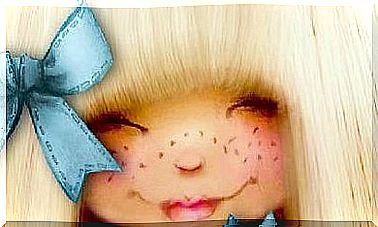What Are Hallucinations And What Types Are There?

Hallucinations are psychological phenomena that, due to their uniqueness and relatively low prevalence, arouse great interest. These appear in different health conditions and they do so with very different manifestations, so today we will delve into the different types of existing hallucinations.
The first and most concise definition of this term is attributed to the French psychiatrist Esquirol. He described the hallucination as “a perception without an object.” That is to say, when we suffer a hallucination we perceive images, sounds, smells … without there being an external stimulus that elicits that perception.

Hallucinations or illusions?
Hallucinations have commonly been confused with illusions when, in reality, their differences are clear. In the case of illusion, there is an external stimulus, but it is wrongly perceived. It would be the case when we wake up in the middle of the night and when we look at the chair in the bedroom full of clothes we think we see the silhouette of a person.
Another big difference is that illusions when passing through the filter of reason quickly fade. On the contrary, hallucinations are presented with the same force and impact as a reality and they resist all kinds of rational reflection. In other words, the person has the firm conviction that what he perceives really exists.
What kinds of hallucinations are there?
There are different ways to classify hallucinations: depending on their complexity, their cause, their mode of appearance … In this case, we are going to focus on the type of hallucinations that exist according to the sensory modality in which they occur.
Visuals
In visual hallucinations, the individual perceives through sight something that is not really there. They can be simple, like flashes of light, or complex. The latter are much more elaborate and the person can see complete scenes that include moving figures in full color.
They are the type of hallucination that occurs in the transitional moments between wakefulness and sleep. They are also typical of altered states due to substance use and usually appear during alcohol withdrawal syndrome.
Auditory
They are the most frequent and the most common in cases of schizophrenia. As in the previous case, the person can hear only elementary sounds or complete conversations. Their content is usually threatening or imperative. The individual can hear how they give orders, scold him or even how various voices speak about him.
Gustatory and olfactory
They usually appear united and are much less frequent than the previous ones. These are usually unpleasant smells and tastes.
In the case of the olfactory, the person may think that the smell comes from their own body (I smell rotten) or from outside (my whole house smelled like urine). On the other hand, taste hallucinations can lead the person to believe that they are being poisoned through food.
Somatic
They are bodily sensations, physical perceptions in some part of the body. The individual can feel an electric current, perceive that he is petrified, that his body is tearing or that his organs are decomposing.
Tactile or haptic
They involve the sense of touch. During them there is the perception of being touched, grabbed, burned. .. (passive) or of, oneself, touching something that does not exist in reality (active).
Kinesthetic
They imply a wrong perception of the movement of one’s own body. The person may feel that they are levitating or being displaced.
They are common in patients with Parkinson’s and some types of schizophrenia, as well as among those who use psychoactive substances.

Hallucinations and mental health
Hallucinations are often associated with psychological disorders. Although it is true that many mental conditions, such as schizophrenia, bipolar disorder or dementias, are accompanied by this phenomenon, this is not its only cause. They can also be caused by substance use or withdrawal, as in cases of brain injury or tumor.
Even healthy people can experience hallucinations, such as in sleep paralysis, migraine auras, or those who believe they see or hear a deceased loved one during the grieving process. In any case, if these are frequent or interfere with our well-being, it is necessary to consult a specialist.









